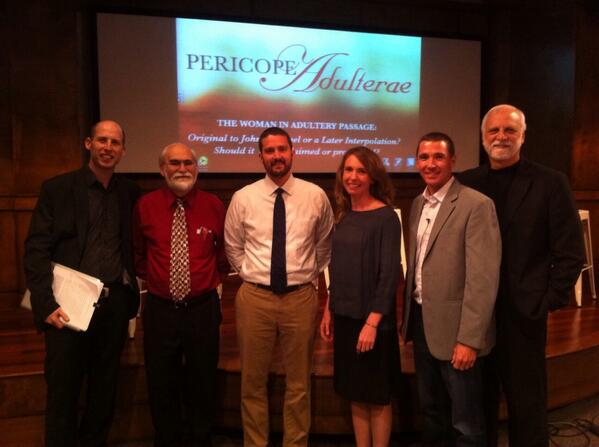 Well, the PA conference is over now. It was a rather unique experience for me. This was the first time I’ve ever live blogged. Added to that, I was tweeting, taking pictures, and manning the mic for the Q&A sessions. I think that I can say that I learned how to multi-task. Now I just need to learn to live blog without making any typos…
Well, the PA conference is over now. It was a rather unique experience for me. This was the first time I’ve ever live blogged. Added to that, I was tweeting, taking pictures, and manning the mic for the Q&A sessions. I think that I can say that I learned how to multi-task. Now I just need to learn to live blog without making any typos…
Now to the true nature of the post…
In the individual posts on the presenters’ papers I got into some of the details but failed to provide you with the general positions of the presenters. The main two questions of the conference were: is the PA original and should the PA be preached. In this post, I intend to provide a summary of each panelists views.
Dr. Punch: Dr. Punch argued on the basis of the context, syntax/grammar, and the patristic evidence (Augustine’s contention that the PA was suppressed by pious scribes that did not want to provide an excuse for adulterous wives to act with license) that the PA was original. Since the text is original, it should also be preached and taught. Dr. Punch advises us to make sure, in our preaching, that we inform our congregations and students of the various difficulties surrounding the text (as we should with any text that contains significant textual difficulties).
Dr. Wasserman: Dr. Wasserman contends that the PA is not authentic to Johannine composition on the basis of the early manuscript witnesses. Wasserman observes, citing Royce, that the scribes were more likely to omit than to add words. This principle, however, does not apply to lengthy sections of scripture. A word, two, three, and in extreme instances 7 words are omitted, but not 12 lines of text. Furthermore, the scribes of the early papyri display a meticulous concern for the accurate preservation of the text. Therefore, it is unlikely that the PA was omitted from John’s Gospel. Dr. Wasserman, along with Dr. Knust as will be discussed next, however, believes that the text should be preached. It is, after all, a part of the received text. That is to say, it has been accepted as canonical.
Dr. Knust: Dr. Knust explores the patristic side of the Wasserman-Knust defense for the unoriginality of the PA. According to Knust, the overwhelming consensus among the patristic writers was that intentional omissions or additions to the biblical text was unacceptable. Even in cases where the scribes were highly suspicious of the originality of a particular text, scribes refused to excise spurious readings. Instead, these readings would be marked with a text-critical notation. It is, therefore, highly unlikely that the PA was original. Nevertheless, the text has been accepted as canonical. It has been highly treasured by the church throughout the centuries and should not be relegated to obscurity or unimportance in our texts. It should be preached, taught, and commented upon.
Dr. Keith: Dr. Keith argues that the PA is a later interpolation and is thus not authentic to John. Dr. Keith claims that the interpolator has intentionally crafted the PA (as writers were taught to do in the ancient schools) in accordance with Johannine style. The evidence Dr. Punch uses to show similarities between the PA and the overall context and grammatical features of John is turned on its head. These similarities are to be expected. The interpolator did his job and did it well. Again, much like Drs. Knust and Wasserman, Dr. Keith advocates the continued preaching of the text within the church context. Though it might not have been original to John, it is a significant gospel witness to Jesus’ life and ministry. The church has accepted it and should continue to accept it as part of the gospel witness to Jesus’s life and ministry.
Dr. Robinson: I think we all know where Dr. Robinson stands. He argues for the originality of the PA. The lack of early manuscript evidence, according to Robinson, is due to the lectionary traditions. The text slipped out of two passages that were used in the Pentecost lectionary reading. Dr. Robinson also argued on the basis of internal evidence that the PA was original. Robinson claims that a network of connections (themes, vocabulary, etc) are created within a written work. While an author seeking to mimic another’s style might be able to match certain features, it is altogether unlikely to find that he has matched as many connections as are present in the PA. On the basis of the originality of the PA, Robinson argues that it should be preached.
To sum up:
- Punch: original/preach
- Wasserman: not original/preach
- Knust: not original/preach
- Keith: not original/preach
- Robinson: original/preach
Despite the various positions each presenter takes, they all believe that the passage should be preached and taught.
Wasserman, Knust, and Keith have no problem affirming the necessity of teaching the passage because they do not place the criteria for inspiration (if we can speak generally and apply this category to the speakers) in the author. Instead, the canonical reception of certain texts bears witness to the inspiration of the texts. [note: I do know that I am making generalizations here. I do not know if Wasserman, Knust, and Keith would use confessional terminology such as inspiration as descriptions of their theological convictions. I merely use the term as it was brought up within the Q&A sessions and it serves to set up my next question].
Is there room, however, for the confessionally minded individual–I’m thinking specifically of one who believes in the Chicago statement–to claim that the text was unoriginal to John but a part of the received compositional text of John and should therefore be preached and taught. I ask because I find myself leaning towards this position. The closest example that comes to mind is the way we often talk about textual criticism of the Old Testament. Elements like the record of Moses’ death are attributed to the final composition of the book and are therefore excluded from Textual Critical conversations [Again I am speaking generally and not making a claim of authorship]. We do not try to excise that passage in order to get back to what the original author of the book wrote. Instead, it is accepted as a part of the final form–whatever that form might be–of the text. In that vein, I don’t think that John wrote the PA. I do think that it was artfully crafted, inserted into the Gospel, received, affirmed, preached, and taught within the church. I am not resolved on this position. This is simply me thinking out loud, and I am open to persuasion.
Use the comments section to correct any misrepresentations I might be guilty of or any thoughts you might have on the discussion. I’m happy to hear them!


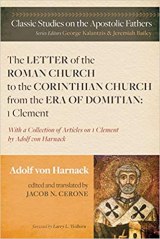
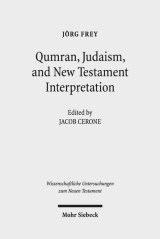
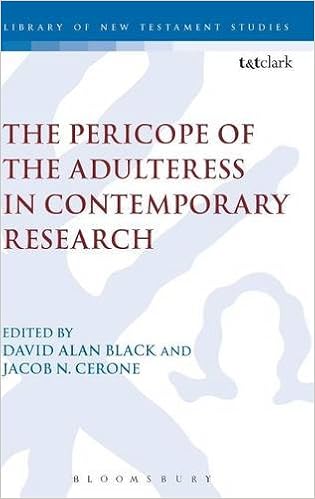

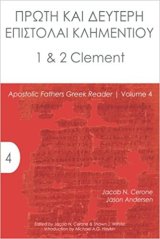
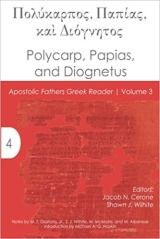
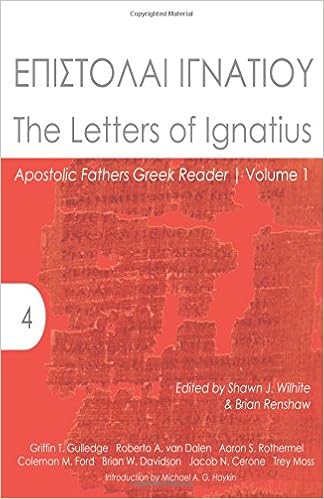
Reblogged this on συνεσταύρωμαι: living the crucified life and commented:
i had the pleasure of making the last portion of the symposium and meeting Jacob (and having lunch with him! – good pizza!) and Dave Black as well as Nigusse, and Henry Nufeld. Personally, I enjoyed talking with Dr Knust and Wasserman. The other speakers either had to leave to catch flights home or were talking with others. All were great people!
Pingback: Sunday Roundup #2: my weekly favorites. | Linguae Antiquitatum
I enjoyed the conference very much.
I distributed about a dozen printed copies of “John 7:53-8:11 – A Tour of the External Evidence” at the conference; if anyone who was there (or anyone reading this, really) didn’t get one but wants one, you’re welcome to send me an e-mail to request a copy (or download it from the files at the NT Textual Criticism group at Facebook). This may be a suitable supplement to the contents of the lectures and discussions of the conference. (My book on Mark 16:9-20 is available by request as well.)
I’d love a copy. My email is jacobncerone@gmail.com
Pingback: Daily Round Up: April 28 | At the End of All Things